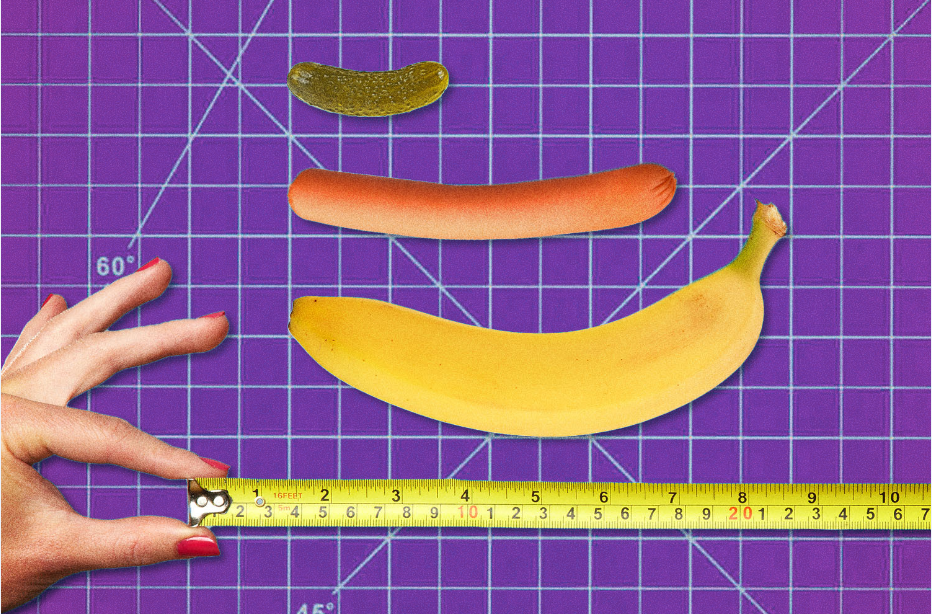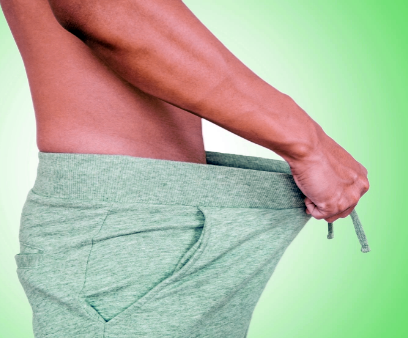I am constantly amazed at what the average adult does not know about the penis. Most people have a pretty good idea how the heart works, where the lungs and kidneys are located, and what happens to food as it works its way through the digestive system. They even know how babies are born. But nearly half of the human bodies in the world have this oddlooking appendage dangling between their legs, and people know nothing about it. If it were not for that “tail” (the Latin translation of penis), you would not be here reading this page! My patients, both men and women, ask so many elementary questions about the anatomy and functioning of the penis that I am often embarrassed for them. The irony is that most people are extremely curious about the penis.
They have been curious ever since they were old enough to notice that boys have them and girls do not. For some reason, this natural curiosity is suppressed. As children, we are told it is improper to ask questions about the genitals. We are told that our questions about the genitals and about sex will be answered when we are “older.” These questions are seldom answered. Most adults are too self-conscious to seek out the information on their own. If you are
reading this book, then I commend your courage and maturity as you come to fully understand the complex and ascinating details of male anatomy and sexuality.
This chapter is a concise, everyday guide to the concerns most people have about the penis. Looks Are Not Everything
The penis is an odd-looking organ. It has wrinkles and folds and a wriggling network of red and blue vein pathways. Aesthetically, most people, regardless of gender, do not find the penis terribly attractive. Some even find it quite ugly. I am reminded of a remark made by the wife of a fellow urologist. We were talking one day about a case of hypospadias, a rare congenital abnormality in which the urinary opening (meatus) is not in its normal location at the tip of the penis but somewhere down along the shaft. This deformity is often compounded by a fibrous band of tissue known as a chordee. The chordee gives a peculiar downward curvature to the penis.
I asked my colleague’s wife if she knew what a hypospadias was. She said, “Yes. That’s a penis that’s uglier than usual!” She was a very sophisticated woman who, by her own admission, had seen a significant number of penises prior to marrying a urologist. She was implying, quite simply, that the usual penis is also ugly. Unfortunately, that is a common point of view. If you were to eavesdrop on women’s most intimate conversations, you would seldom hear them talk about gorgeous penises. When they talk about how handsome a man is, they might praise his strong, muscular physique or giggle over his biceps, his legs, or his buttocks. Seldom will they single out his penis as being particularly attractive. Conversely, most men rarely talk about beautiful vaginas. They discuss breasts, legs, and even hair. When women hoot and holler over male strippers at places like Chippendales, they are reacting to everything but the penis. They are really excited by the fabulous bodies of those gyrating hunks and the way the dancers tease them with their unexposed penises. The excitement comes from the possibility of exposure and from wondering what the penis might look like. If a stripper were to actually expose his member, the thrill would quickly dissipate unless, of course, there was a possibility that it would become erect.
This widespread lack of appreciation for the penis is a shame. I wish the penis were viewed in a more positive light. There is no reason that our genitals should be overcast by a shadow of repugnance or should be deemed inappropriate objects of discussion or admiration. Nothing is intrinsically ugly about the penis or the vagina. Our cultural perception reflects a conservative and puritanical past with roots in the same traditions that hold sex—and therefore the sexual organs—to be dirty and debased.
It is time for the penis (and the vagina) to be viewed as a beautiful part of the body, and this beauty and its importance should be celebrated and discussed openly. If you cannot find it in yourself to feel that way about all genitals, then at least see your own as a beautiful part of your body and try to view your partner’s with the same perspective. Your attitude toward your penis reflects your general attitude toward sex and the specific way in which you relate to your genitals. Just as parents see their own children as beautiful regardless of how homely their actual features may be, so too can we look at what has so wrongly been considered a homely and ugly organ and find it lovely to behold.
To some of you macho guys out there, this all may sound a bit “New Agey” or trite. But all machoness aside, I ncourage all men to seriously consider the way in which they view their own genitals. A radical change in perspective toward your penis is an integral step toward overcoming self-doubt and self-consciousness. It is equally important for women around the world to muster up the courage and strength to overcome these old and backward points of view regarding the genitals. The solution is to learn the facts about your body and to develop a new understanding and a new relationship to sexuality and its attendant organs. Why does this matter? Because just as children who are told they are beautiful think more highly of themselves, a man would feel better about himself—and his sexuality—if he were told that his penis is beautiful. The more beauty your partner sees in your penis, the more you will like what you see when you look in the mirror. As a result, you will attribute more good qualities to your penis and bring more confidence into the bedroom. Positive reinforcement is key, and I can assure you most men need as much of it as they can get when it comes to their blessed organ.
The mind’s eye can turn something with little inherent beauty into something glorious and unique. If the penis were less concealed, if it were more openly portrayed in art and film, it might come to be better appreciated as an object of aesthetic pleasure. We would come to respect the vast range of differences among penises. In my forty years in medicine, I have seen more male organs than you would see if you filled the Rose Bowl with naked men. I have never seen any two that look quite alike. If nothing else, greater visibility in the arts and in mass media might demystify the penis and might make men less self-conscious about their own. That acceptance, in turn, would raise the overall level of penis power.


